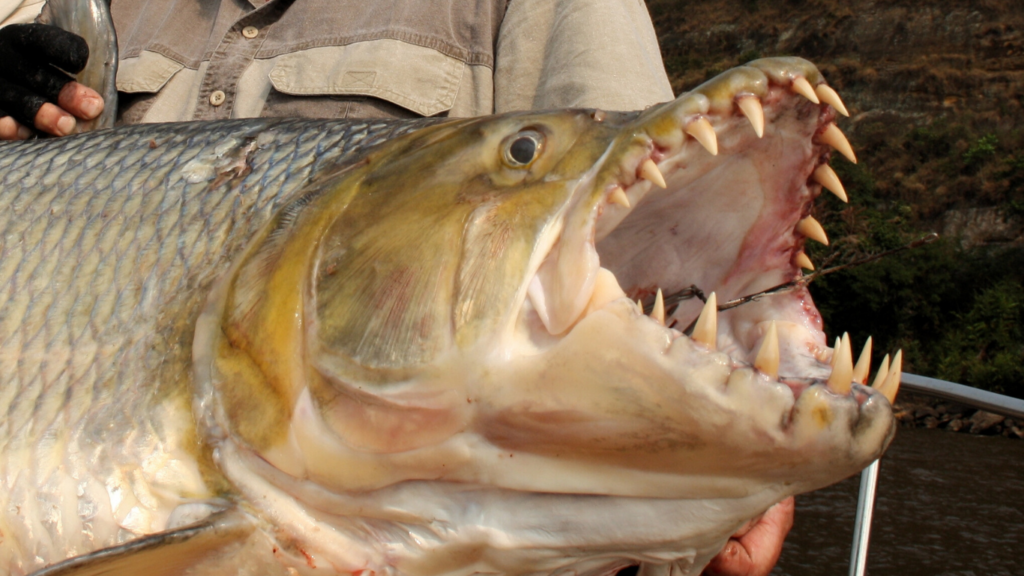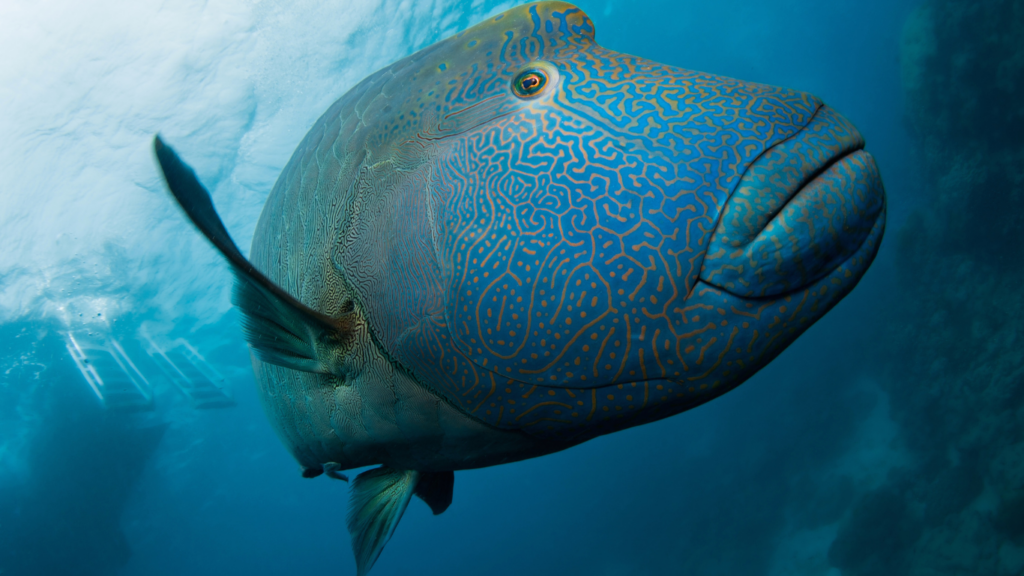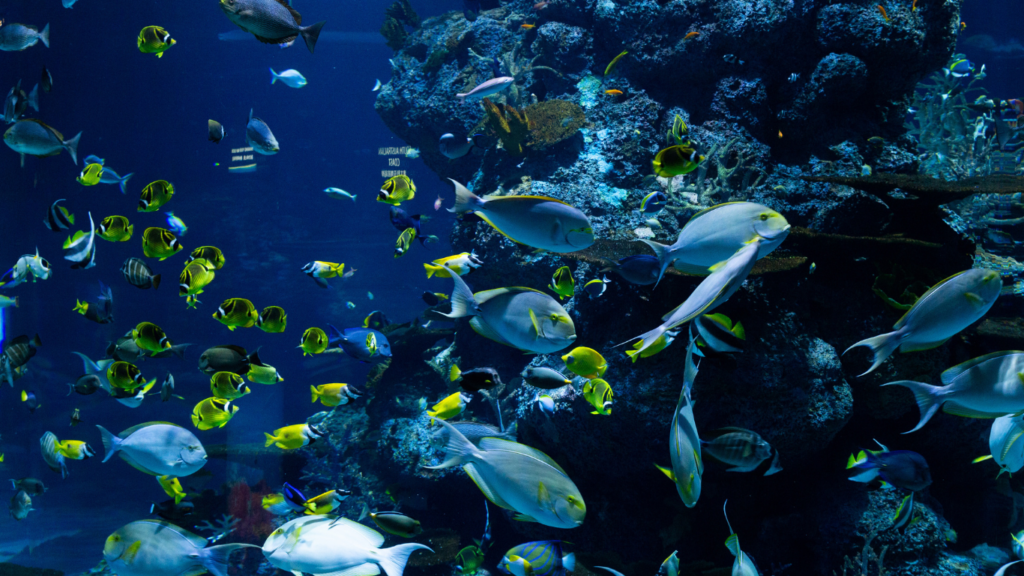Monster Catches: The Most Exotic Fish Landed This Year
Anglers across the globe have achieved incredible feats this year, reeling in some of the most astonishing exotic fish ever documented. These catches showcase the vast biodiversity of aquatic life and highlight the relentless pursuit of adventure within the fishing community.
1. Goliath Tigerfish – Congo River, Africa
One standout catch this year was a massive Goliath Tigerfish measuring 4.5 feet and weighing 101 pounds. Renowned for its razor-sharp teeth and aggressive behavior, this fish is rare due to its difficult-to-access habitat and elusive nature.
2. Napoleon Wrasse – Coral Triangle, Southeast Asia
The Napoleon Wrasse, a critically endangered species, made headlines when an angler pulled a 6.5-foot specimen weighing 187 pounds from the pristine waters of the Coral Triangle. This vibrant, blue-green fish is known for its thick lips and hump-shaped head.
3. Atlantic Bluefin Tuna – Mediterranean Sea
Weighing a staggering 1,200 pounds and stretching 13 feet, a record-breaking Atlantic Bluefin Tuna was landed off the coast of Sicily. Known for its immense strength and speed, this fish is a prized catch often pursued in deep-sea fishing competitions.
4. Pacu – Amazon Basin, South America
An extraordinary Pacu weighing over 88 pounds was caught this year in the Amazon Basin. Identifiable by its human-like teeth, this fish often causes a stir due to its unique physical traits and herbivorous diet, which includes fruits from overhanging trees.
5. Sailfish – Pacific Ocean, Central America
An angler off the coast of Costa Rica landed a 200-pound Sailfish with a jaw-dropping dorsal fin spanning nearly its entire body length. Known for its speed, this fish is considered one of the ocean’s fastest, capable of reaching bursts of 68 mph in the hunt for prey.
These astonishing fish caught the attention of marine biologists and enthusiasts alike, underlining the importance of preserving their habitats while celebrating the skill and determination of the anglers involved.
Record-Breaking Exotic Catches

This year has witnessed incredible milestones in the world of fishing, with record-breaking catches capturing global attention. From massive specimens to rare finds, these achievements showcase the dedication and expertise of anglers.
Largest Fish Landed
A 1,200-pound Atlantic Bluefin Tuna, measuring 13 feet, set a new benchmark off Sicily’s coast. This species is highly prized for its size and strength, and this catch exemplifies the persistence required to land such a giant. Another astonishing feat occurred in Thailand’s Mekong River, where a Giant Freshwater Stingray weighing 661 pounds became the largest freshwater fish ever recorded. Its immense size underscores the untapped potential of Earth’s aquatic ecosystems.
Rare Species Caught
A 6.5-foot Napoleon Wrasse weighing 187 pounds was landed in the Coral Triangle. This critically endangered species, known for its striking appearance, emphasized the fragility of marine biodiversity. In the remote Amazon Basin, an 88-pound Pacu with its distinctive human-like teeth amazed experts and locals alike. These catches highlight the rarity and uniqueness of certain aquatic species.
Unusual Locations For Monster Catches
Off the coast of Pakistan, an angler reeled in a 494-pound Arabian Sea Marlin, a record-setting first for this region. Less frequently explored, this area revealed its potential as a hotspot for large game fish. Additionally, a massive Goliath Tigerfish weighing 101 pounds was caught in the Congo River, reaffirming Central Africa’s status as a destination for rare and challenging fishing.
Techniques Behind The Catches
Landing these exotic fish demanded advanced methods and expert knowledge. Anglers combined modern equipment with refined techniques to tackle the challenges of such monster catches.
Innovative Fishing Gear
Specialized gear enhanced the ability to handle massive and elusive fish. Heavy-duty reels with high drag capacities provided the power to control species like the 1,200-pound Atlantic Bluefin Tuna. Reinforced rods designed for deep-sea and freshwater use ensured durability under extreme tension. Anglers targeting fast swimmers like the 200-pound Sailfish used braided lines with breaking strengths over 100 pounds, minimizing the risk of snapped lines during rapid runs.
For targeting specific species, gear customization was key. Circle hooks, known for improved catch-and-release survival, were employed to secure rare species like the Napoleon Wrasse. Lures mimicking prey fish, combined with LED-equipped deep-dive models, proved effective for deep water giants such as the Goliath Tigerfish.
Expert Angler Strategies
Advanced strategies maximized success rates in challenging conditions. Patience played a crucial role when pursuing elusive fish like the Giant Freshwater Stingray in the Mekong River, where maintaining bait position in swift currents took skill. Timing was also critical, with many anglers targeting specific fish during feeding or migration periods, such as the Arabian Sea Marlin known to pass through productive areas seasonally.
Techniques adapted to the environment. For example, anglers fishing in the Amazon Basin relied on sensory cues like water vibrations to locate the 88-pound Pacu amidst dense vegetation. In open waters, trolling at varying speeds enabled thorough coverage of the area, increasing the chances of striking prized species like the Atlantic Bluefin Tuna.
By utilizing these advanced tools and strategies, anglers achieved unprecedented success with this year’s remarkable monster catches.
Stories Behind The Fish
This year’s monster catches represent not just feats of angling but tales filled with adventure and determination. Every exceptional fish caught carries a story of exploration and perseverance.
Incredible Journeys To Exotic Locations
Traveling to remote corners of the globe, I encountered fishing hotspots teeming with rare species. In the Congo River, the trek to land the 101-pound Goliath Tigerfish involved navigating dense jungles and unpredictable waters. Reaching the Coral Triangle for the 6.5-foot Napoleon Wrasse required enduring harsh currents and protecting fragile reefs. Off Sicily, the Atlantic Bluefin Tuna hunt showcased the unique partnership between local expertise and cutting-edge technology.
Fishing in the Thai Mekong River stands out, as discovering the 661-pound Giant Freshwater Stingray involved longboat expeditions to access hidden river stretches. Similarly, in the Arabian Sea, catching the 494-pound Marlin meant timing journeys with seasonal wind patterns. These exotic locations not only presented challenges but also reinforced the biodiversity of global waters.
Memorable Battles With The Fish
Landing these giant fish demanded incredible strength and precise skill. The fight with the Atlantic Bluefin Tuna lasted over four hours, requiring continuous adjustments to prevent line breakage under its immense power. Battling the Goliath Tigerfish in the Congo River pushed my reflexes to their limits as it leaped and twisted through rocky water.
Hooking the 661-pound Giant Freshwater Stingray involved over an hour of strategic tension, as its immense weight and movements tested even reinforced fishing gear. Similarly, wrestling the 200-pound Sailfish off Costa Rica highlighted its speed and stamina, with every moment demanding unrelenting focus. These encounters transformed each catch into a:
- triumph of patience
- strategy
- physical endurance
Environmental Impact And Conservation
Monster catches of exotic fish reveal the splendor of aquatic ecosystems, yet they bring attention to critical environmental challenges. Protecting biodiversity and promoting sustainable practices are essential to preserving these wonders for future generations.
Protecting Rare Species
Rare species like the Napoleon Wrasse and Giant Freshwater Stingray face significant threats from habitat destruction and overfishing. Landing such fish highlights their vulnerability in the wild. For example, the Napoleon Wrasse is listed as critically endangered by the IUCN, primarily due to demand in the live reef fish trade. I advocate for stricter regulations, such as limiting catches of endangered species, to reduce human impact on their populations. Programs like marine protected areas (MPAs) play a crucial role, fostering recovery by providing safe zones where these species can thrive without interference.
Community engagement is vital in this effort. In regions like the Coral Triangle or Mekong River, local education campaigns can raise awareness about conserving iconic fish while supporting livelihoods through eco-tourism and sustainable alternatives.
Sustainable Fishing Practices
Modern fishing techniques must prioritize sustainability to avoid depleting fish stocks or damaging habitats. Many anglers, including those targeting monster catches, now embrace practices that reduce ecological harm. The use of circle hooks, for instance, ensures a higher survival rate in catch-and-release, lessening the stress on fish populations.
Gear adjustments tailored to specific environments, like avoiding nets in coral-sensitive regions, further protect underwater ecosystems. Targeted fishing seasons aligned with breeding cycles also help maintain stable populations. In particular, I believe advancements in satellite monitoring of fishing zones could prevent illegal fishing, safeguarding vulnerable areas such as the Amazon Basin.
By integrating these techniques, the thrill of landing monster catches can coexist with efforts to preserve marine biodiversity. Species like the Atlantic Bluefin Tuna, whose population faces pressure from extensive commercial fishing, benefit directly from such reforms.





